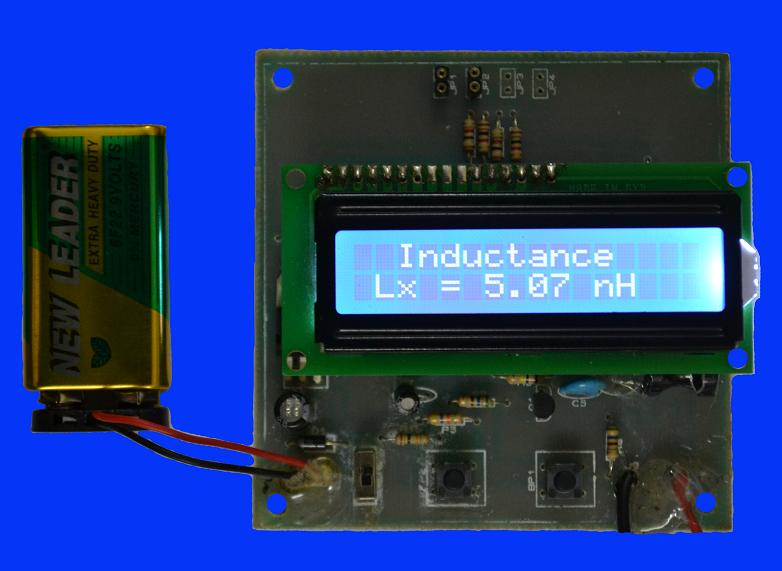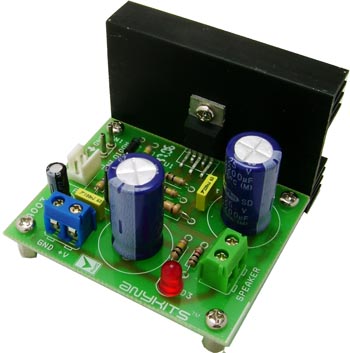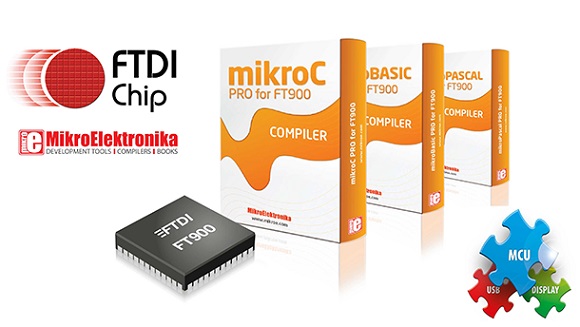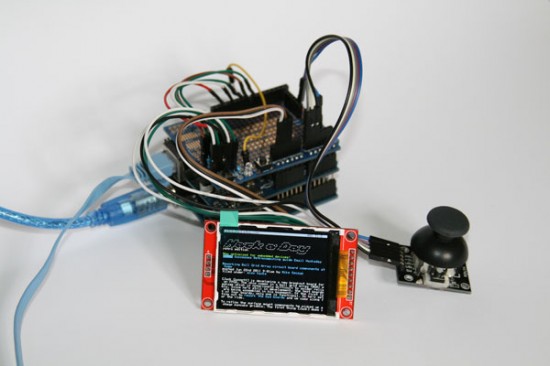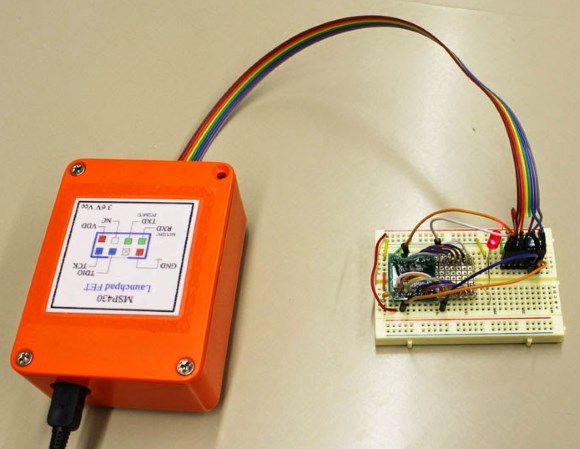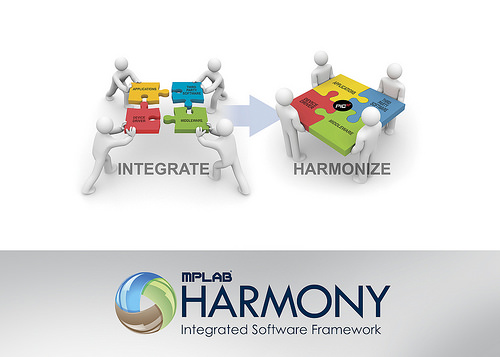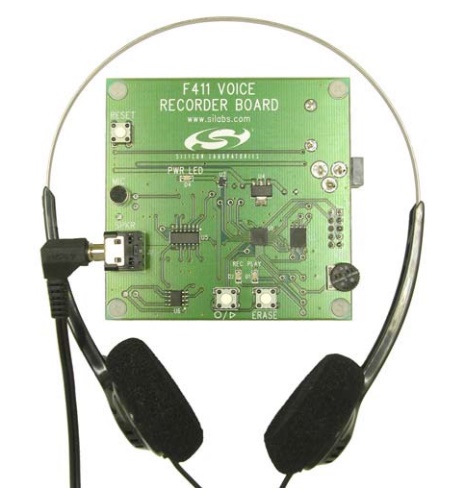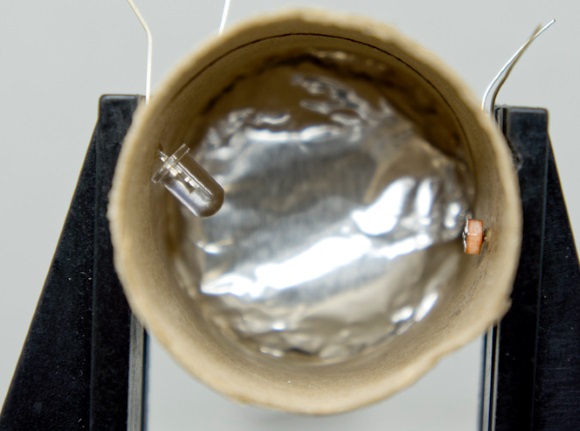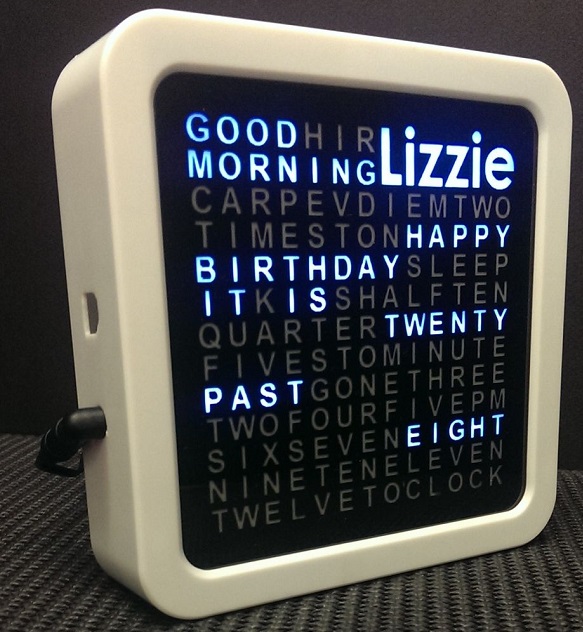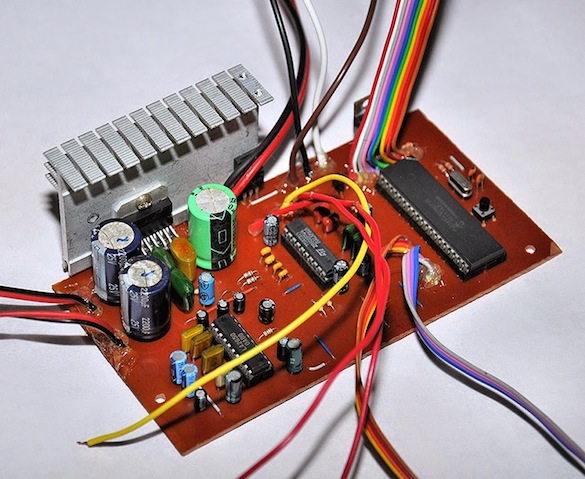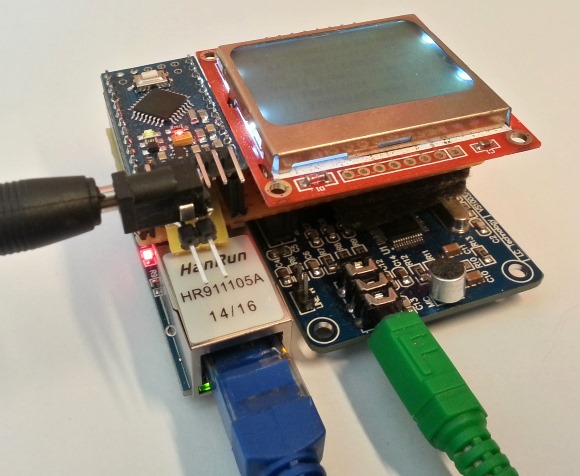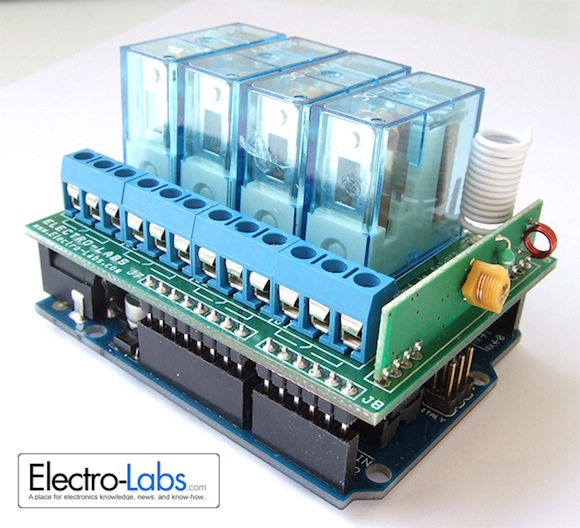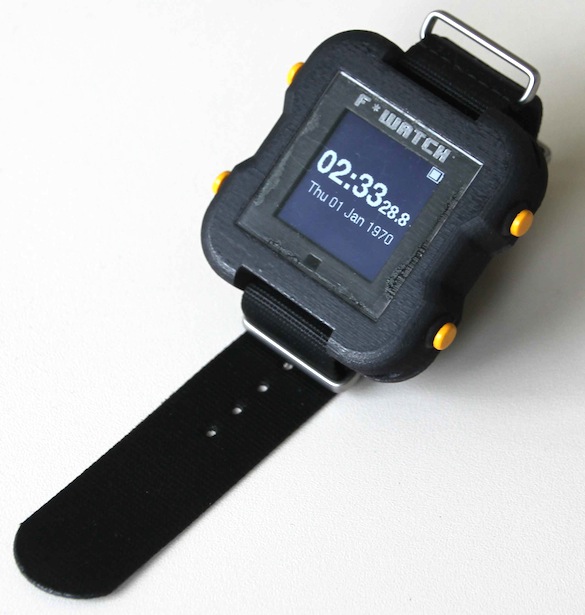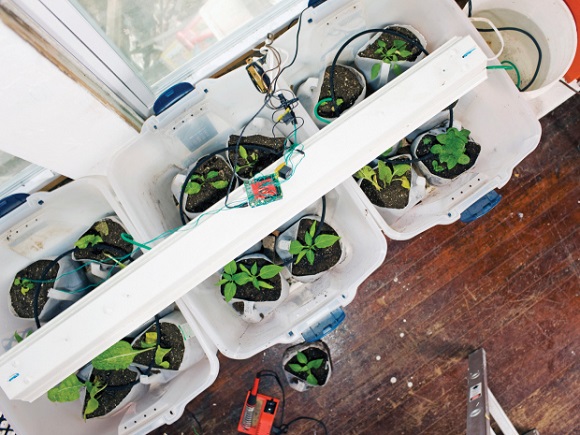Microchip Technology Inc., a leading provider of microcontroller, mixed-signal, analog and Flash-IP solutions, today announced the availability of MPLAB® Harmony Version 1.0. MPLAB Harmony is a flexible, abstracted, fully integrated firmware development platform for all 32-bit PIC32 microcontrollers (MCUs). It takes key elements of modular and object-oriented design, adds in the flexibility to use a RTOS or work without one, and provides a framework of software modules that are easy to use, configurable for specific design requirements and that are purpose built to work together. The new features in this release include the MPLAB Harmony Configurator for quick and easy driver and middleware settings management, a fully compatible, professional graphics library and many significant functional and performance improvements across many of the Harmony driver libraries. Additional enhancements have been made to existing middleware such as IPv6 certification of the Microchip TCP/IP stack.
![MPLAB Harmony supports all PIC32]()
MPLAB Harmony supports all PIC32
![]()
